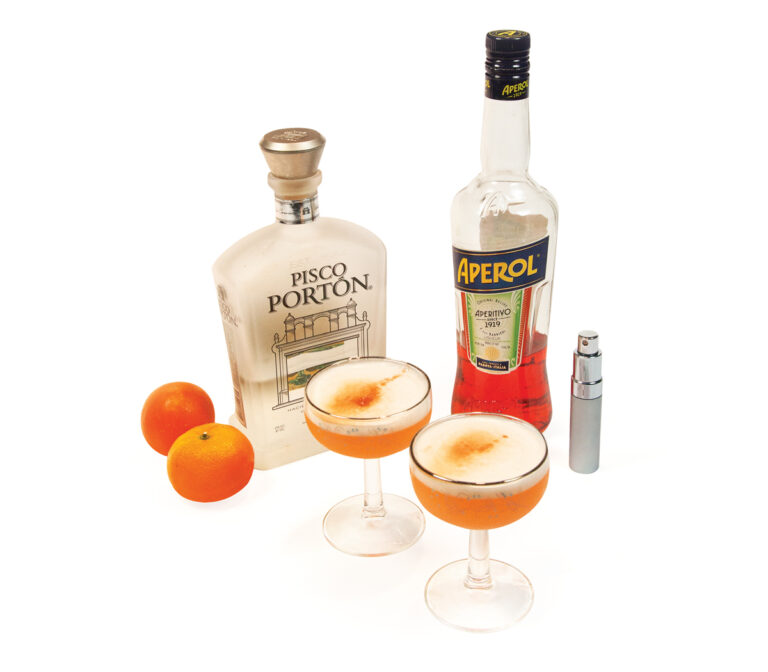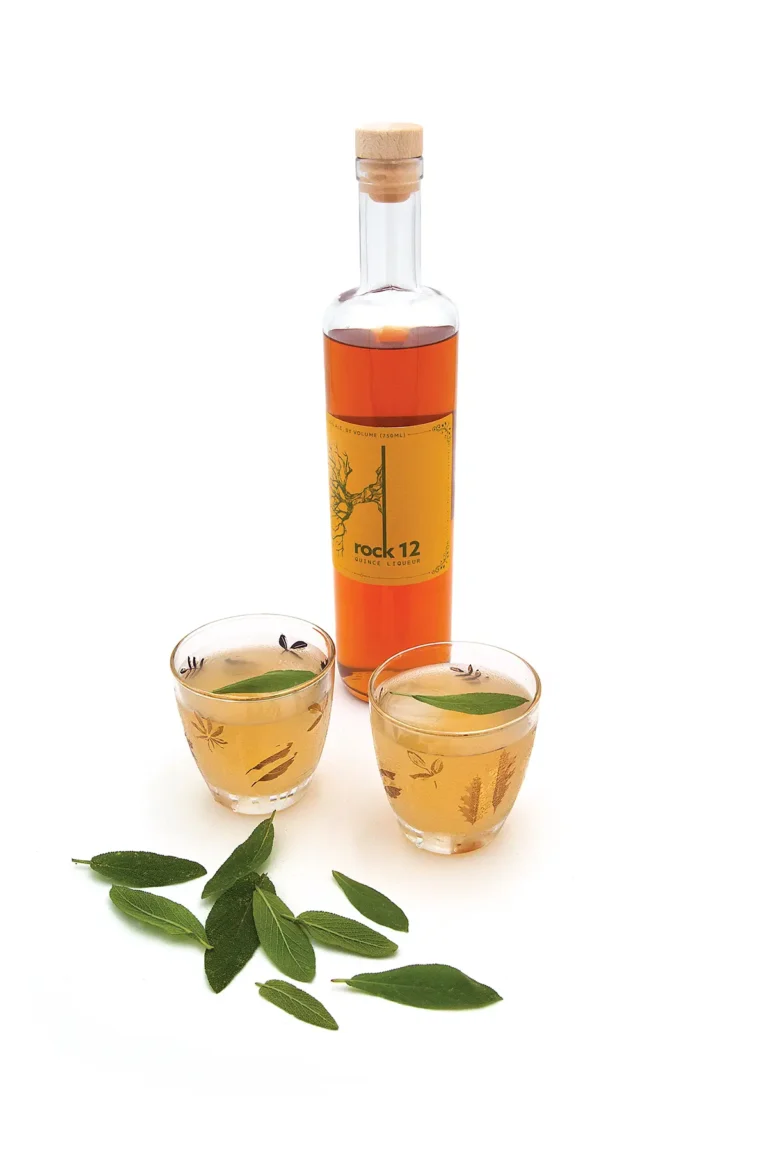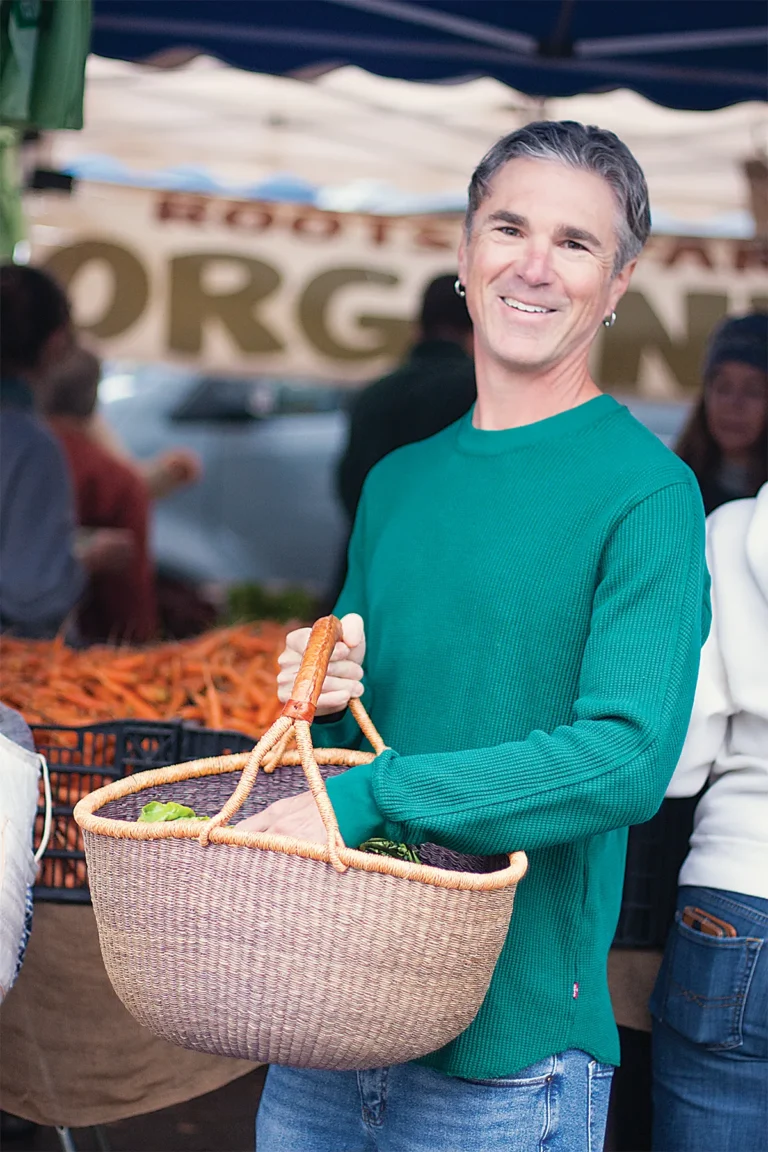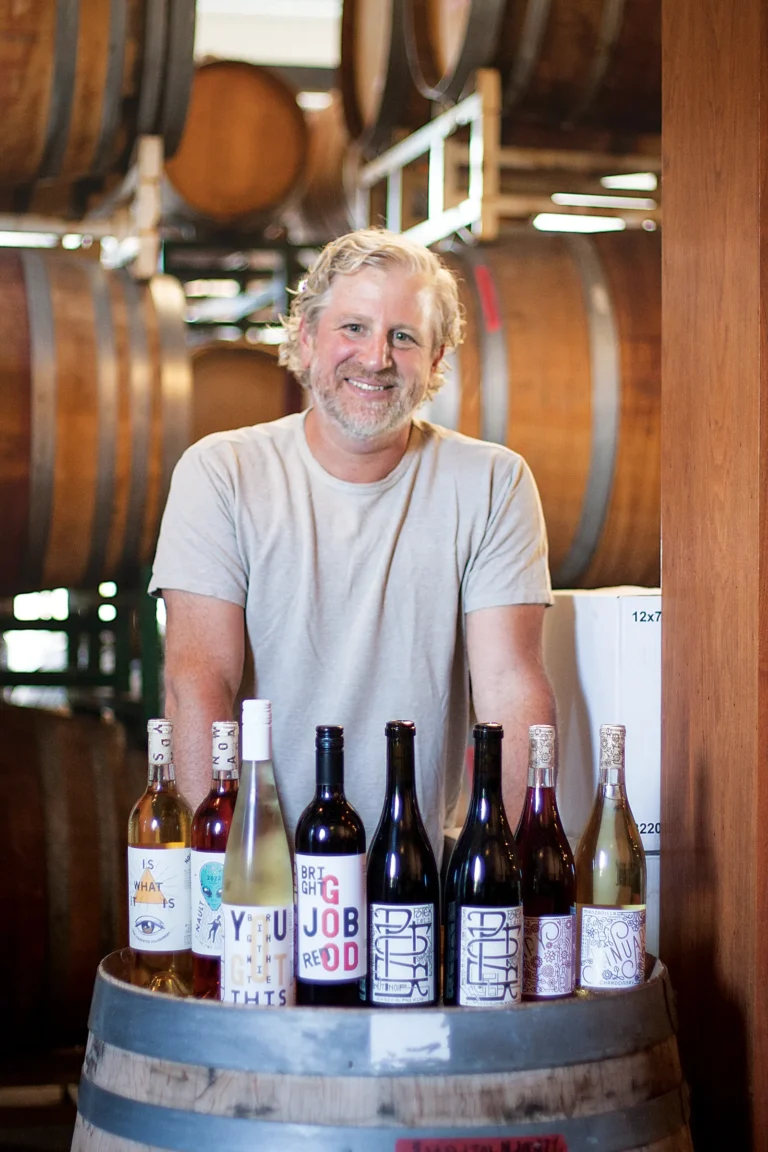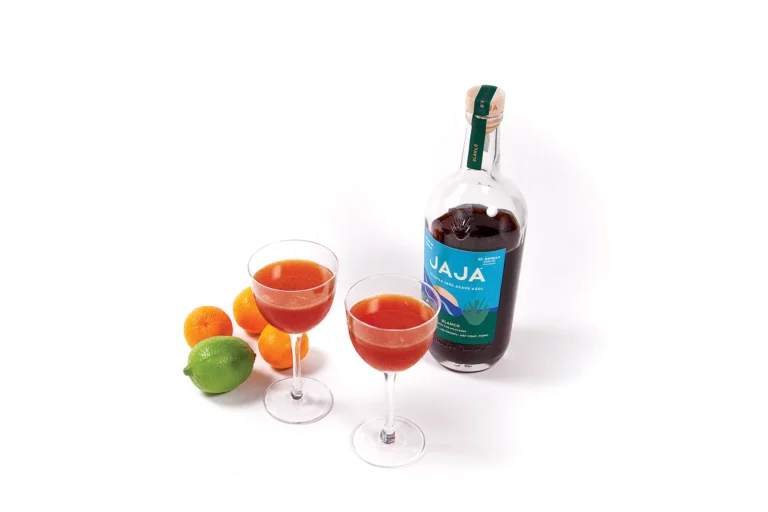Fish Tales
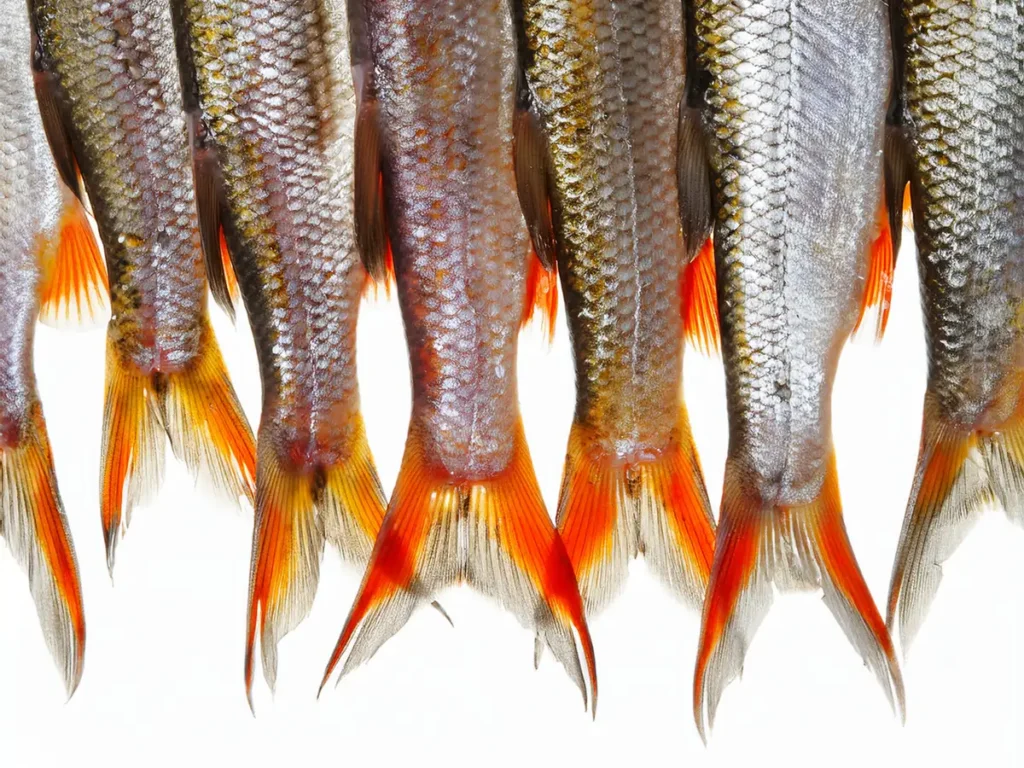
Out of the sea and literally into the land might seem like an unlikely path for a fish.
But that’s exactly how some civilizations have fertilized their crops for hundreds of years: by burying fish—or their remains—beneath the seeds that they sow.
Marine plants have been used for centuries as well, to add fertility and improve soil texture. Even seabird poop has
its followers.
Cultures around the world gather animals and plants from the ocean to improve their harvests on land. The Pacific Ocean, at our doorstep, offers these natural techniques that we can employ to grow edibles in our gardens.
Bury a Fish
Whether whole, in scraps, or simply the entrails gutted from last night’s dinner, fish are a natural fertilizer steeped in history.
In grade school, you may have learned that the American Indian Squanto taught the Pilgrims to plant fish with corn. Academics debate the truth of that tale: Some insist that Squanto was merely demonstrating a technique that he’d picked up while living in Europe, where farmers have buried fish as fertilizer since medieval times. Nonetheless, it’s a technique that was also practiced by ancient Egyptians along the Nile and pre-Columbian people in Peru.
Wherever the location, the chemistry is the same: Raw fish decay fast in the soil, delivering high doses of nitrogen as well as phosphorous and trace minerals to any plant roots lurking nearby.
If you try this at home, you don’t have to bury the whole fish. Partial carcasses, heads and bones—basically any of the messy stuff that you don’t eat—are effective. Just be sure to go down at least a foot to avoid attracting animals that might dig up the remains, and at least several inches below any seeds or roots of new seedlings that you plant.
Fish Byproducts
If the idea of burying guts and gills beneath your edibles is repulsive, consider processing scraps into an emulsion to use as a fertilizer above the ground by following this recipe from the Northwest Atlantic Marine Alliance:
Liquefy the fish by placing it in a blender with warm water and blending thoroughly. Pour the emulsion into a five-gallon bucket with a tight-fitting lid. Stir the contents daily or every other day to mix in air to aid decomposition and promote aerobic microbial growth. Add shredded newspapers, dried leaves, sawdust or brown grass clippings as the emulsion decays. Pour molasses or puréed fruit into the liquid to help control odor and contribute healthy microorganisms. Wait two weeks, until the entire mixture has turned brown, before using.
To reduce the fishy odor, add brown sugar, molasses or puréed fruit and ferment a few days longer.
Or, if that process is still off-putting, buy a prepared fish fertilizer such as fish meal, fish emulsion or fish hydrolysate. Look for those that are all-natural and organic.
Seaweed
Seaweed is a quadruple threat—it can be used as a soil amendment, mulch, fertilizer or compost starter.
Kelp is our highest-profile seaweed, with the ocean tossing it onto our beaches year-round. The deep amber-colored, rubbery bubbles and ropes don’t deliver much nitrogen or phosphorous, but they’re a rich source of potassium and trace elements, including boron, copper, iron, manganese and zinc.
Wading into the ocean to collect kelp requires a sport fishing license and has a 10-pound per day limit. But any kelp that’s been washed up on shore is fair game. Just don’t gather it shortly after a storm, when upstream pollutants may have discharged into the water.
Collect the kelp and take it home. Slash it into pieces and work it into the soil, where it will release nutrients and growth hormones that will stimulate faster and more extensive rooting. Or apply it as mulch, two to four inches thick.
There are many recipes for making seaweed into liquid fertilizer. The quickest is to mix several handfuls of kelp with five gallons of water in a covered bucket. Stir the mixture for a few days, then strain it, dilute it in half, and apply the liquid as a soil drench or foliar spray. A more lengthy, no-stir method is to put a few bagfuls of kelp into a trash can. Fill with water to the top, put the lid on, then wait a couple of months until the water has turned brown and the seaweed has decomposed. Again, dilute before applying.
Guano
“Guano” often refers to poop produced by both bats and birds. But seabird poop is the original guano, with the name derived from the Incan word for “the droppings of seabirds.” Indeed, those droppings were so prized that anyone caught disturbing the deposits could be put to death.
Today, you don’t have to swim out to Bird Island off Goleta or scramble over any rocky outcroppings that attract colonies of seabirds to collect their business. Instead, a number of companies sell pellets of Peruvian seabird guano, which are high in nitrogen and phosphorous, and contain trace minerals.
In the garden, till the pellets into the soil, add them to individual planting holes or mix them with water, then spray.

